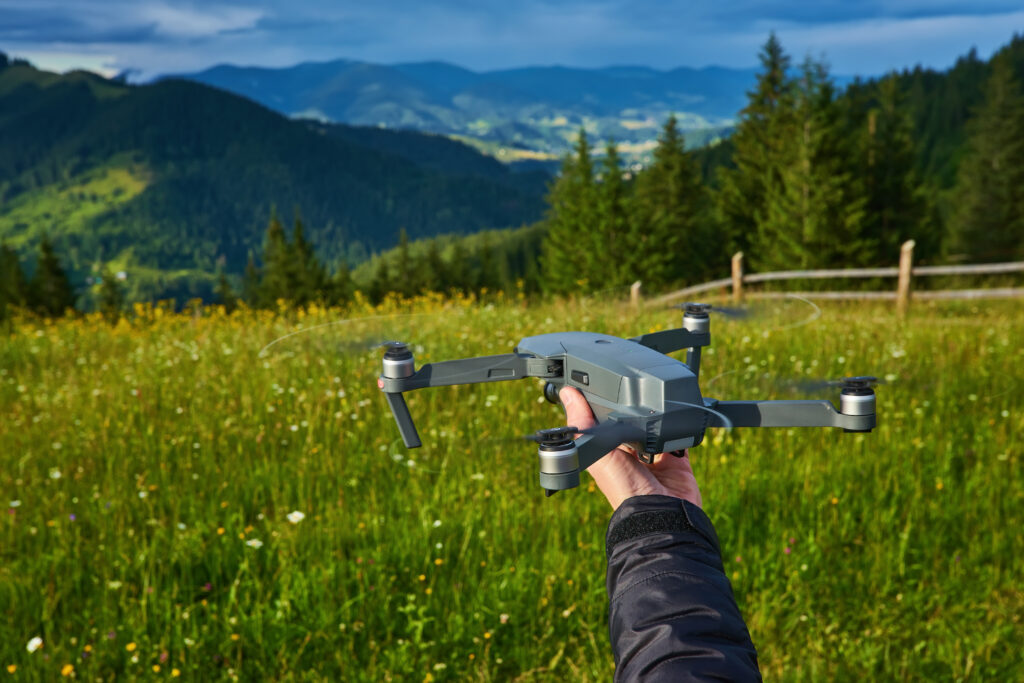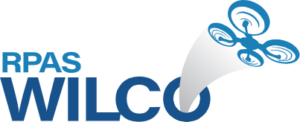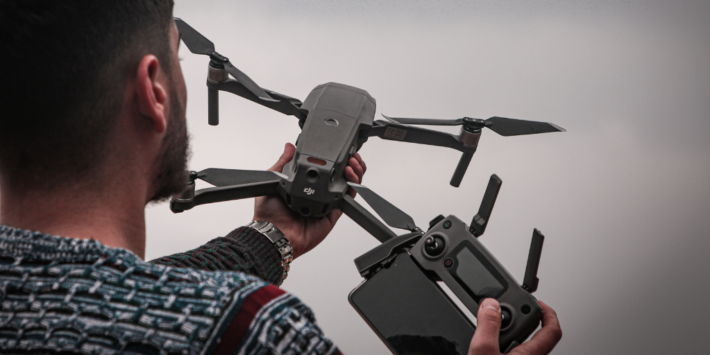RPAS Site Survey: Everything You Should Know for Safe and Compliant Drone Operations
Drones have revolutionized aerial photography, surveying, and other industries. However, before launching your drone, conducting a site survey is crucial for safety and compliance, according to Transport Canada. RPAS Centre’s guide walks you through everything you need to know about RPAS site surveys in Canada. What is a Site Survey? A site survey is a […]











